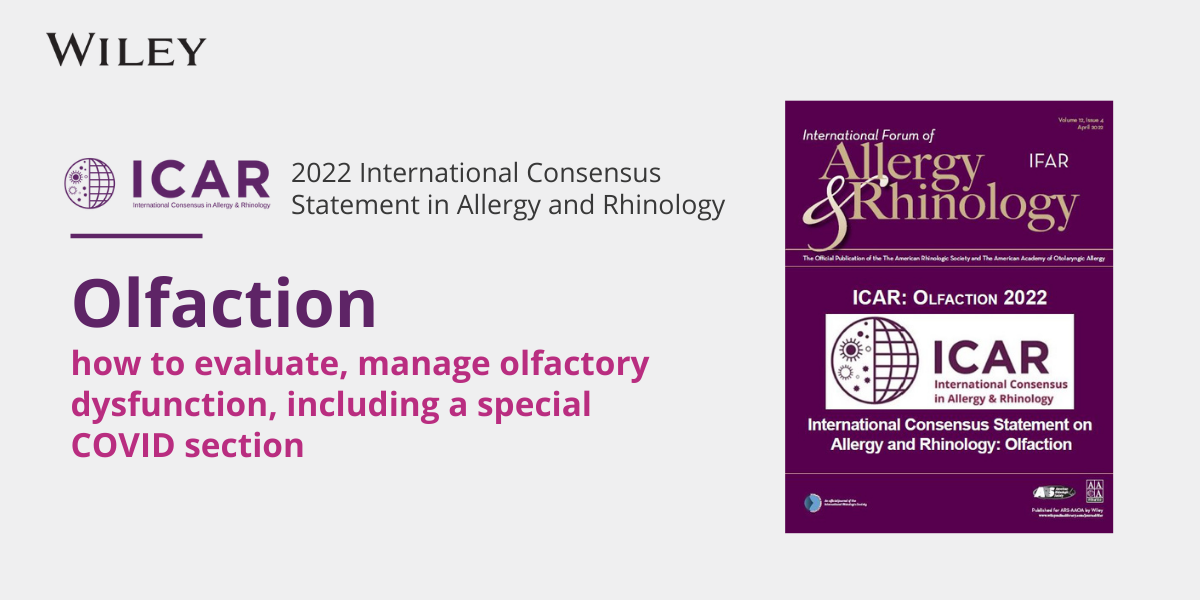“I owe a lot to the AAOA and the fellowship process. Obtaining that level of expertise improved my patient outcomes greatly and made me and my practice more marketable. I was asked about my allergy practice/fellowship at several job interviews…
Small Business Paycheck Protection Program
by Dole Baker, MD, FAAOA, AAOA Socioeconomic Committee Member
Small Business Paycheck Protection Program is part of the CARES Act legislation signed into law by President Trump. If you have a private practice you should take a few moments to read over the highlights of the program. For many, if not most, private practices there is very little downside to participating in the program if you plan on retaining most of your employees through the crisis (including mid levels and physicians.)
The funds are fully forgiven when “used for payroll costs, interest on mortgages, rent, and utilities (due to likely high subscription, at least 75% of the forgiven amount must have been used for payroll). Loan payments will also be deferred for six months. No collateral or personal guarantees are required. Neither the government nor lenders will charge small businesses any fees.” All small businesses with fewer than 500 employees are eligible as are independent contractors, self-employed individuals, and sole proprietorships.
Physicians doing locum tenens or outside consulting are also eligible.
Of note, the program caps wages of individual employees at 100,000 per annum in calculations of the loan amount; but the exclusion of compensation in excess of $100,000 annually applies only to cash compensation, not to non-cash benefits, including:
- employer contributions to defined-benefit or defined-contribution retirement plans;
- payment for the provision of employee benefits consisting of group health care coverage, including insurance premiums; and
- payment of state and local taxes assessed on compensation of employees.
This forgiveness is based on the employer maintaining or quickly rehiring employees and maintaining salary levels. The amount of the loan forgiven will be decreased if you fail to maintain your staff and at least 75% of your payroll costs by June 30, 2020.
Small businesses and sole proprietorships can begin applying April 3, 2020. Independent contractors and self-employed individuals can apply begin applying on April 10, 2020.
As of now, the program has a limit of 349 billion dollars and is first come first served. The application is only about two pages and is quite easy to fill out. The information needed to calculate the loan amounts is easily available to any business that processes payroll as it is taken from current and 2019 payroll reports that all employers file each quarter and year (W-2, W-3, 941 etc).
The program has been exceedingly popular and you must apply through a bank. Many banks are currently only accepting applications from their current clients because of the overwhelming demand. If you have a banking relationship, especially with a smaller local or regional bank, you may do better working through them.
As an example, a small office with one physician making 250,000 per year and one employee making 40,000 per year, health insurance costs of 30,000 per year and total retirement contributions of 60,000 per year the potential forgivable loan amount could be almost 80,000.00
Sample loan calculator can be downloaded here. More information can be found here.
Other COVID-19 Resources:





